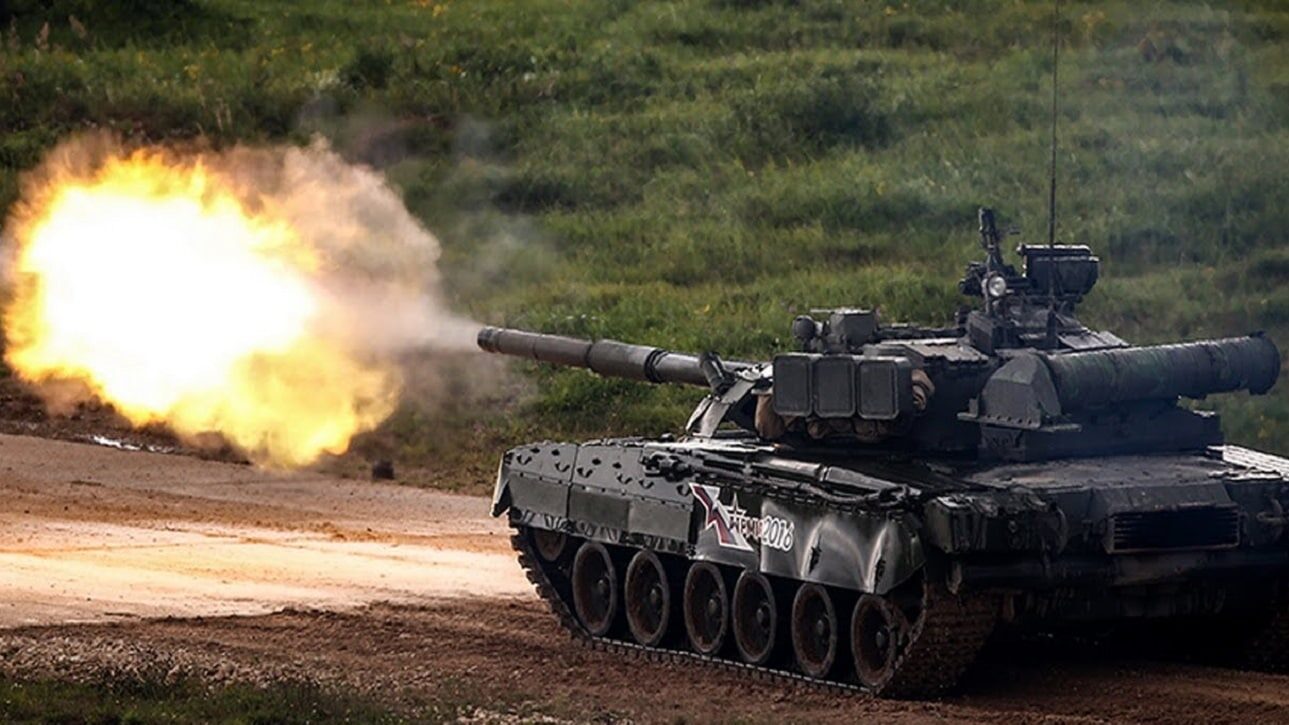Putin’s Endgame in Ukraine: Bluff, Bombard or Invade?: Tensions between Moscow and Kyiv are at an eight-year high in the closing days of 2021 as Russian ground forces continue to mass adjacent to the border with Ukraine in four sectors: to the northwest at Yelnya, the northeast at Pogonovo (near Voronezh), the southeast from Rostov-on-Don, and from the south on the Crimean Peninsula.
Like a cocked gun, it’s not certain that the trigger will be pulled, but the possibility that it might on short notice commands attention and concern.
In recent speeches, Russian President Vladamir Putin has made clear he believes the dissolution of the Soviet Union to have been a historic mistake, and that the Ukrainians shouldn’t be thought of as historically or politically independent from Russia.
This belief dovetails with Putin’s conviction that Russia must be surrounded by friendly “buffer” states in its sphere of influence to curtail its exposure to Western military power. According to his logic, any Ukrainian ‘independence’ is conditional on an at least neutral stance, or better yet alliance with Russia.
But after Russian forces seized the Crimean Peninsula and invaded Eastern Ukraine in 2014-2015, neutrality was a hard sell. Predictably, Kyiv is now more consistently hostile to Moscow than before, and is receiving modest military assistance from NATO.
While for years Putin seemed content to accept an interminable “frozen conflict” in Ukraine, in 2021 he seemed to find that stalemate abruptly untenable. But, even as tens of thousands of troops and hundreds of armored fighting vehicles, ballistic missiles launchers and self-propelled howitzers reinforce the considerable Russian regional forces surrounding Ukraine, Moscow still claims it doesn’t plan to invade.
The question on everyone’s mind: just what is Putin’s endgame? Here are three possibilities that make the most sense.
It’s a bluff
NATO and Kyiv both are surely hoping Russia’s latest military buildup is like that which occurred earlier in April 2021: an unusually convincing (because materially substantial) ploy to see if the threat of Russian military might can rattle Ukraine and the U.S. enough to make concessions and modify their security posture and relationship.
Why might Moscow back away from launching a war it could likely win, at least in the short-term military sense? Because the economic and diplomatic costs would assuredly be huge and long-lasting; and the military costs could still prove stiff, particularly if Russia occupies territories in need of reconstruction and governance while also beset by insurgency.
Thus, there are strong incentives to avoid resorting to force. Besides, the credible threat of force has already compelled attention to Moscow’s political demands.
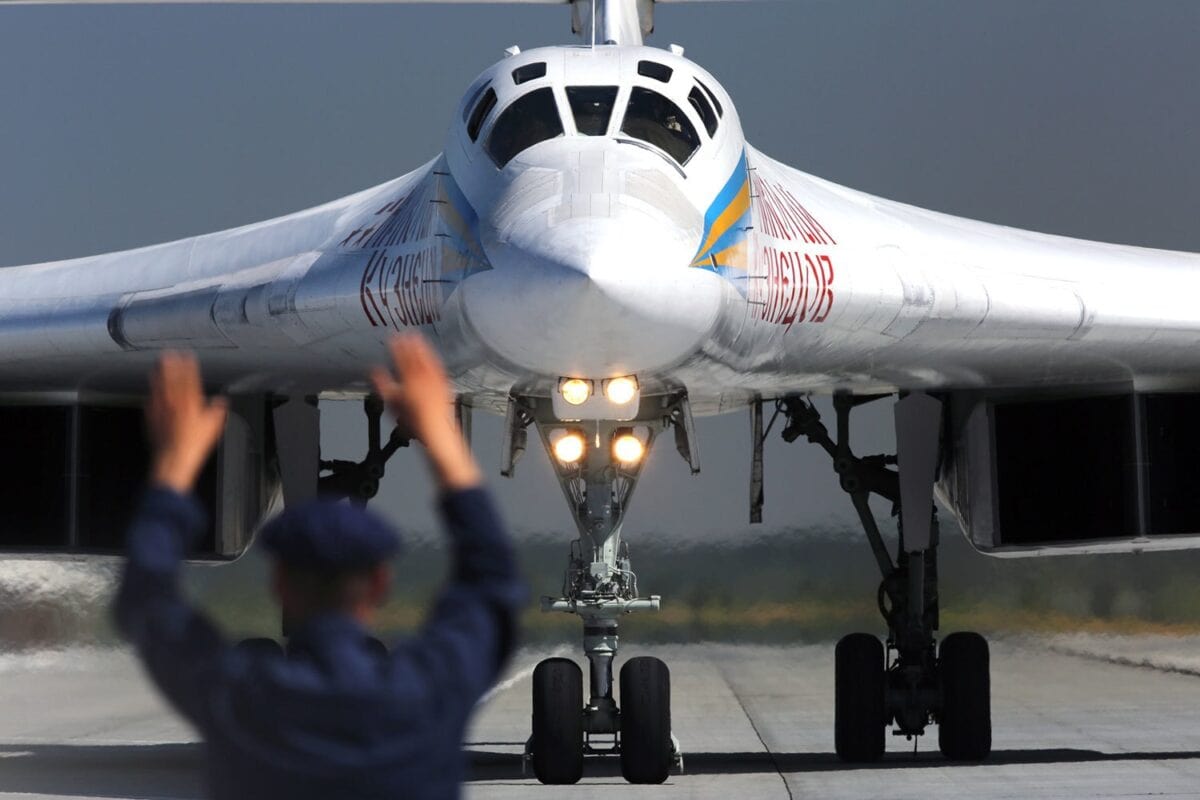
Tu-160 Bomber. Image Credit: Russian State Media.
However, Putin will fear losing face if he doesn’t receive concessions commensurate to the threats he is making. And unfortunately, analysts see indications the current buildup is less demonstrative and more substantial than that in April as reflected by preparations to medical and logistical units, even if a go-ahead decision hasn’t yet been made.
Some fear Russia’s diplomatic maneuvers are ominously obscure and unresolvable in the short term, perhaps merely intended to secure a causus belli justifying war. Analyst Michael Kofman for examples writes “If it was just coercive diplomacy Moscow would be asking for things it could tangibly get. Escalating to this level, then backing down with nothing, would be a political loss. Everyone will say Putin was either bluffing or deterred.”
Ground invasion
What, then, if Putin is convinced force is needed to achieve what he wants in Ukraine? Perhaps he sees Kiev’s embrace of the West and its military modernization as trending unfavorably against Russian interests, and thus seeks to strike while the odds of success remain good.
As currently situated, Russian mechanized forces could invade Eastern Ukraine from the north, south and east, supported by massive artillery, missile, and air support. Ships of Russia’s powerful Black Sea Fleet could contribute cruise missile strikes, while naval infantry and elite VDV mechanized airborne units might conduct landings behind the frontline.
Russia might seek to create a land corridor to the Crimea Peninsula by capturing Mariupol and from there, Berdyans’k and Melitopol. However, a geographically defensible land grab might involve occupying all territory southeast of the Dnieper River dividing Ukraine in two.
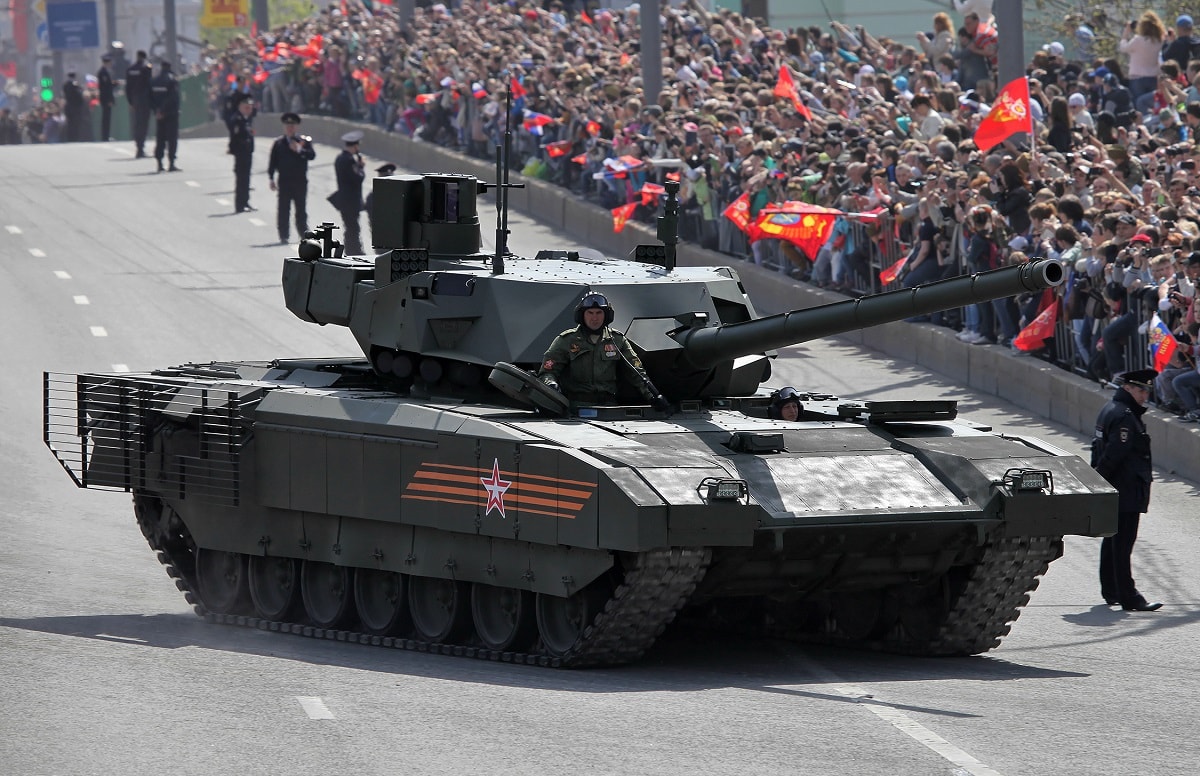
Creative Commons via Vitaly Kuzmin

Main battle tank T-14 object 148 on heavy unified tracked platform Armata. Image Vitaly V. Kuzmin via Creative Commons.
Ground forces might also attack southward from Yelniya towards the capital of Kyiv, or even advance on western Ukraine via Belarus, seeking to force Kyiv to commit large forces to defend those regions, thereby curtailing reinforcement to Eastern Ukraine.
Occupying large swathes of territory, however, could prove excessively expensive for Russia, and might lead to interminable counter-insurgency warfare with partisans. Thus, a Russian invasion may not necessarily seek permanent occupation of territory captured, but instead, be aimed at punishing Kyiv and leveraging bigger concessions at conflict termination.
Ukraine’s battle-hardened military can impose higher costs today on Russia than it did in 2014 but would face long odds resisting such an invasion. Kyiv’s ground forces would need to execute a defense-in-depth to absorb and ultimately blunt mechanized units attempting to break through Ukrainian lines, and mount counter-attacks supported by precision fires. That also implies Ukraine’s dated air defenses would need to endure and prevent total Russian air supremacy over Ukrainian airspace, lest artillery-spotting drones and tactical aviation ravage Ukrainian artillery, supply convoys and armored columns behind the frontline.
Bombardment campaign
Russian military expert Rob Lee advances an alternate theory: Moscow doesn’t truly want to capture territory (with the attendant quagmire risks) so much to compel Kyiv to accede to its demands.
Therefore, a military contingency might instead involve a prolonged bombardment campaign leaning on Russia’s multiple brigades of long-range rocket artillery and Iskander ballistic missiles in the region to inflict casualties on the Ukrainian military and cripple infrastructure. In theory, the manned warplanes of the Russian air force (VKS) could also be committed, though doing so would likely entail losses to Ukraine’s old but extensive air defense units unless Russia restricted strikes to standoff attacks using limited stocks of cruise missiles and glide bombs.
The bombardment would aim to compel Kyiv to make concessions or perhaps withdraw its military from eastern Ukraine, resembling NATO’s aerial bombardment campaign seeking to drive Serbian forces out of the Kosovo region in 1999.
However, compelling determined adversaries to concede using purely indirect fire is difficult and expensive in terms of hi-tech munitions, and Russia would be subject to far greater economic and political pressures than NATO was in 1999. And even NATO nearly ran out of patience (and Tomahawk cruise missiles) and was readying a land invasion when Serbia finally conceded. A bombardment campaign that doesn’t achieve Russia’s political objectives, whatever they may actually be, could leave Moscow much worse off.
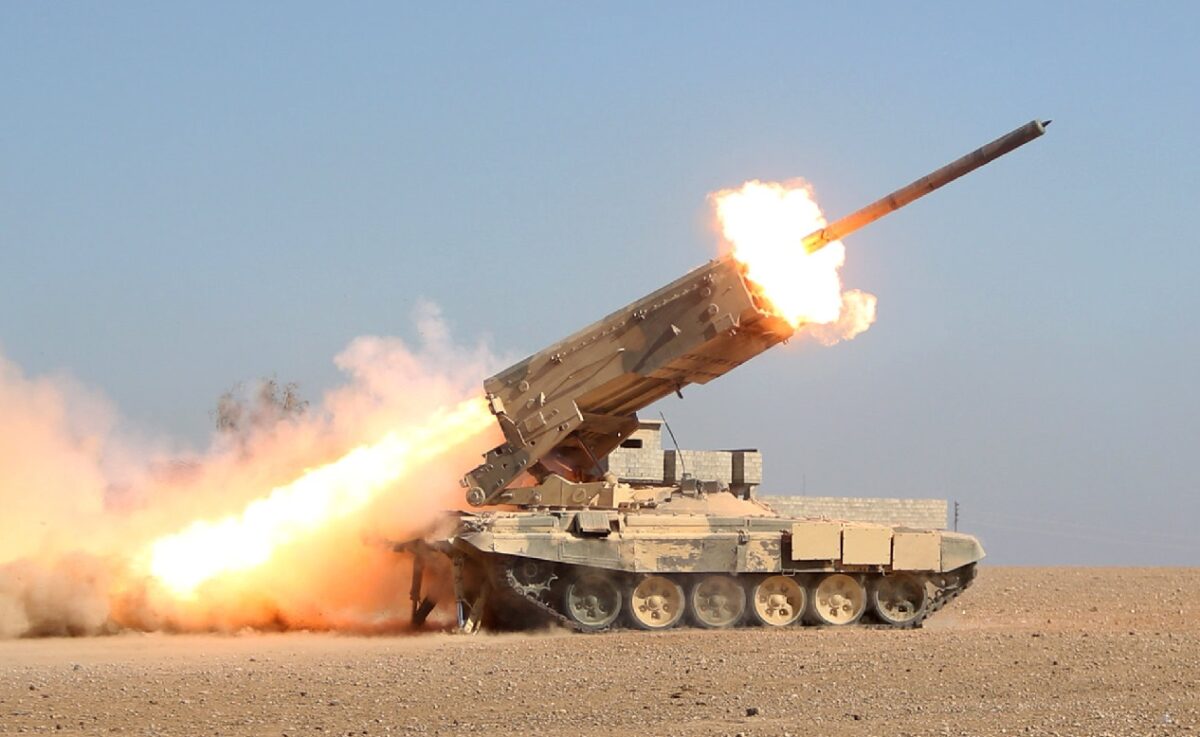
TOS-1 Rocket Launch. Image Credit: Creative Commons.
Putin might still retain the option of initiating a ground invasion if a bombardment campaign fails. Moscow would have to judge whether the attrition inflicted by the bombardment outweighed the benefits Ukraine might have in time to mobilize troops and adjust tactics. Lengthy preparatory bombardment succeeded in paving the way for anti-Iraq ground forces in 1991’s Operation Desert Storm but backfired in other past battles.
What now?
By December 2021, Washington, Kyiv, and Brussels are fully alert to the possibility of Russian military action and have initiated diplomatic outreach to forestall such a calamitous event. Washington has made clear military intervention in a Russia-Ukraine war is not on the table, but that it may send additional security assistance to Kiev such as portable Stinger surface-to-air missiles and additional Javelin anti-tank missiles.
More importantly, NATO and the U.S. have become more explicit about the scale of the economic consequences of attacking Ukraine, notably likely cancellation of the NordStream 2 pipeline. That’s vital to making resort to force concretely less appealing to Moscow.
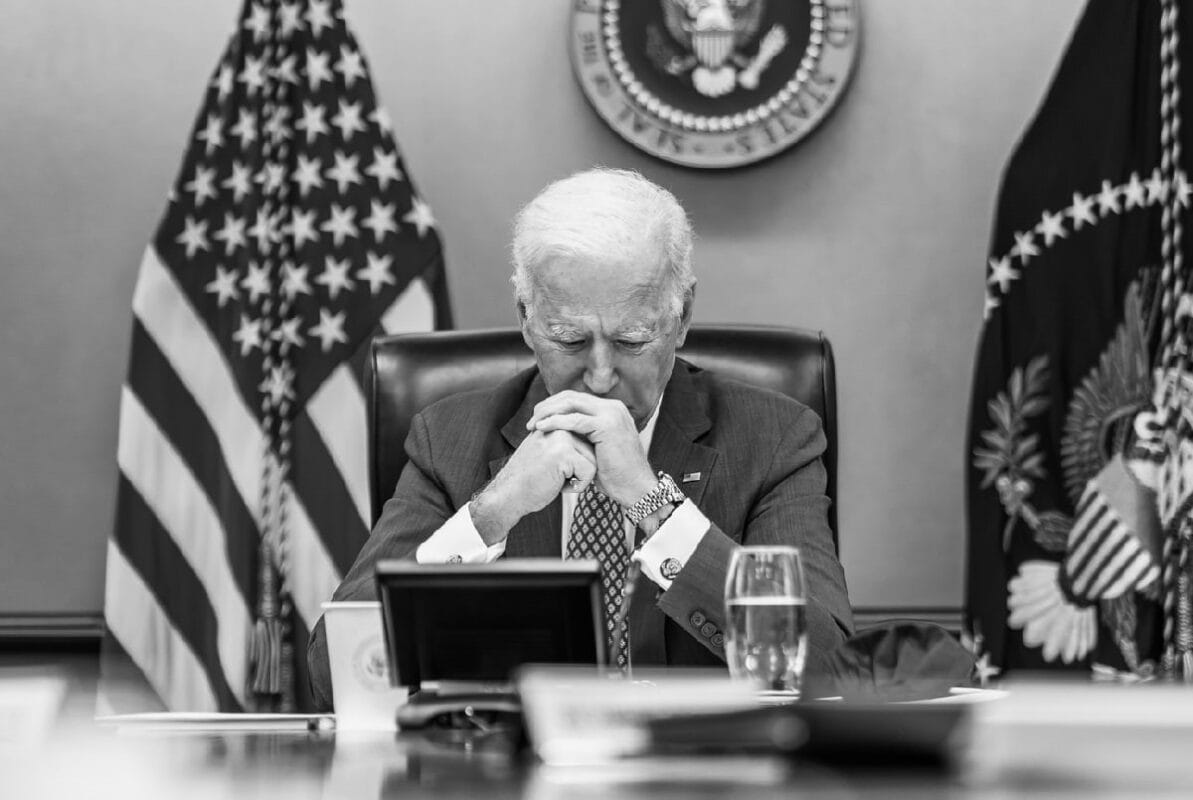
The reality remains that a Russian war in Ukraine might be bad for Washington and NATO, but would be catastrophic for Russians and Ukrainians alike. Ukrainians would face horrific terror and destruction on their home soil. And even if Putin achieves some self-defined military objective in Ukraine, Russia’s consequent economic isolation and political alienation could prove costlier than its present standoff with Kiev. A rekindled war in Ukraine is everyone’s to lose.
Sébastien Roblin writes on the technical, historical and political aspects of international security and conflict for publications including the 19FortyFive, The National Interest, NBC News, Forbes.com and War is Boring. He holds a Master’s degree from Georgetown University and served with the Peace Corps in China. You can follow his articles on Twitter.

